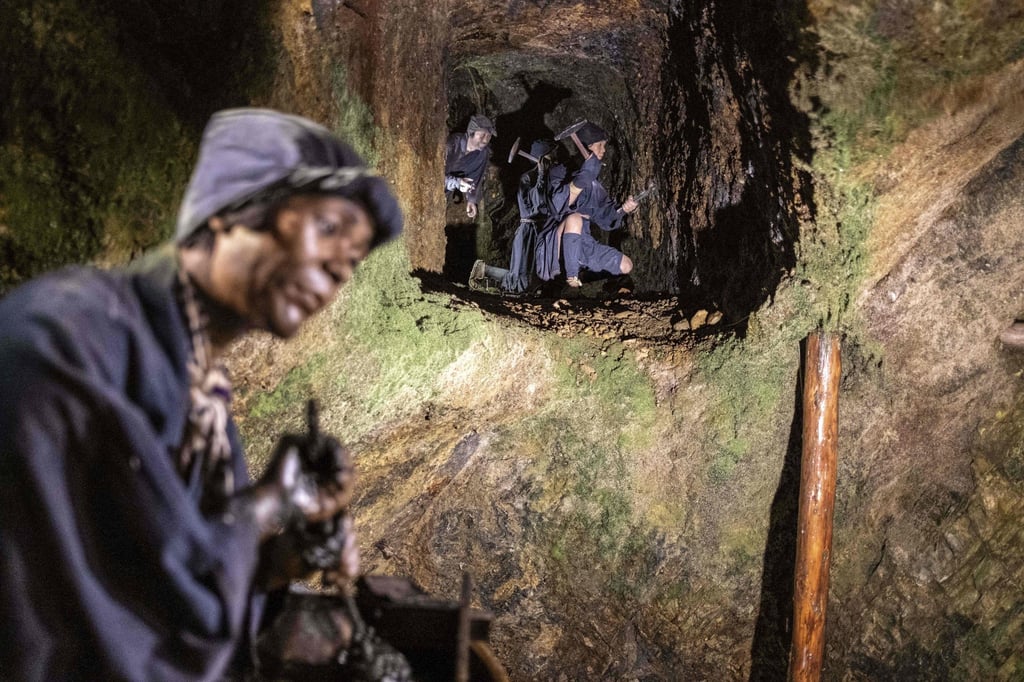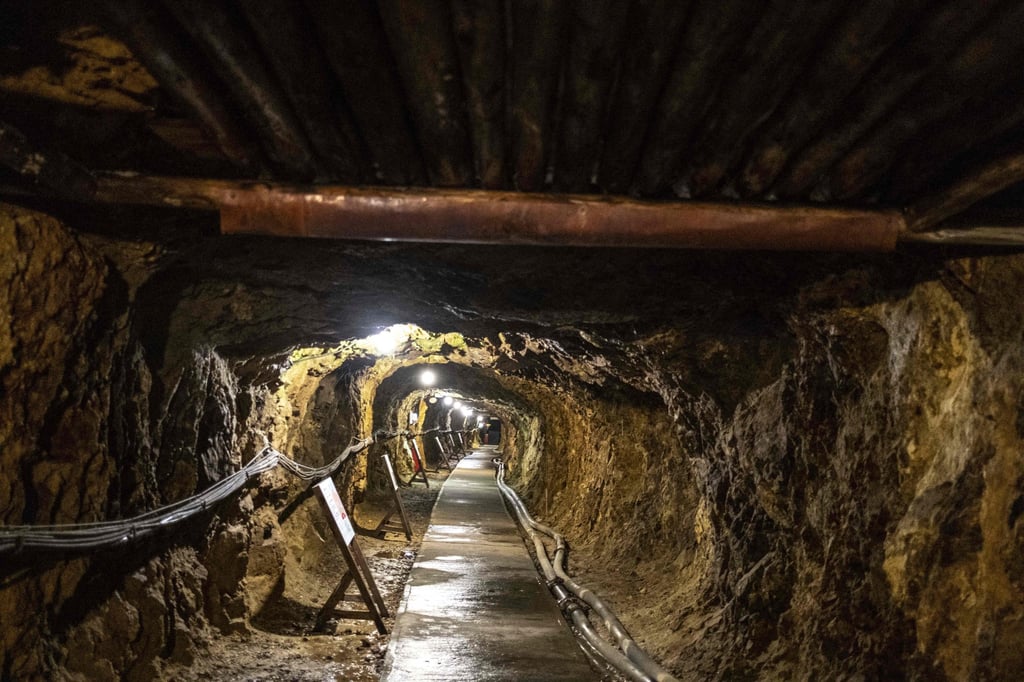The Unesco World Heritage committee on Saturday decided to register Japan’s controversial Sado gold mine as a cultural heritage site after the country agreed to include it in an exhibit of its dark history of abusing Korean labourers during World War II.
The decision signals an improvement in ties between Tokyo and Seoul.
The mine on an island off the coast of Niigata in northern Japan operated for nearly 400 years and was once the world’s largest gold producer before closing in 1989. It was also linked to Japan’s wartime abuse of Korean labourers.
Committee members, including South Korea, gave unanimous support to the listing at Saturday’s annual meeting in New Delhi, India. They said Japan provided additional information, made all necessary amendments to the plan and consulted South Korea over the mine’s wartime history.

The Japanese delegate told the meeting that Japan had installed new exhibition material “to explain the severe conditions of [Korean labourers’] work and remember their hardship”.
Japan acknowledged that Koreans were put to more dangerous tasks in the mine shaft, which caused some to die. Many of them were also given meagre food rations and nearly no days off.
A memorial service for all the workers at the Sado Island gold mines would be held annually at the site, Japanese officials said.
The South Korean delegation said the country expected Japan to keep its pledge to be truthful to history and to show “both the bright and dark side” of the Sado mine to help improve relations over the long term.
Japan had to demonstrate a commitment to face its wartime atrocities to gain support from South Korea, which had opposed the Unesco bid because of the wartime abuse of Korean labourers. Such disputes over history that have consistently strained bilateral ties. Seoul has said some Koreans brought to Japan during its 1910-1945 colonisation of the Korean peninsula were put to forced labour at the mine.
Historians say Japan used hundreds of thousands of Korean labourers, including those forcibly brought from the Korean peninsula, at Japanese mines and factories to make up for labour shortages, as most working-age men were sent to battlefronts across Asia and the Pacific. Sado was among them.
Japan’s government has long been criticised for its reluctance to discuss wartime atrocities, including the sexual abuse of Asian women known as “comfort women” and Korean forced labourers.

Japanese authorities have hailed the Sado Island mine for advancements in mining technology before and after industrialisation but made no mention of its connection to the abuse of Korean labourers during WWII.
Japan initially hoped to get the Sado Island mine listed as a World Heritage site last year but filed documents were deemed insufficient and needed more information.
The International Council on Monuments and Sites, which advises the Unesco committee, in June called on Japan to give a fuller account of the Sado mines. However, the requested information pertained to technical details, unrelated to opposing views regarding the mines’ wartime history.
Another controversial Japanese site was granted Unesco recognition in 2015. Gunkanjima, or Battleship Island, in Nagasaki prefecture, was a former coal mine site recognised as important to the Meiji Industrial Revolution in Japan. South Korea protested that the site omitted mention of Koreans toiling on the island, which triggered a Unesco decision urging Japan to present a more balanced history.

